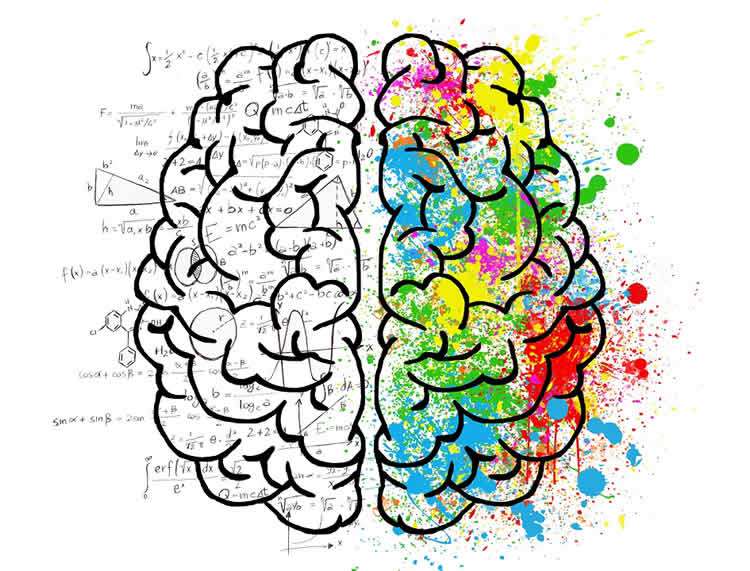
Working within one of the largest global networks of research professionals in the communications industry opens your eyes to a few things.
You realize the sheer volume of data that is out there at your disposal to help improve research and communications decisions, and how little you know about something without the added dimension of measurement. At the same time, you realize that, at times, data can be perceived as a roadblock in the creative process.
Here are three ways our industry can embrace data as a creative tool and change that perception…
Filtering the noise:
Our current output of data is 2.5 quintillion bytes per day. It even sounds ridiculous. In this age of big data, it’s daunting to think about where to start, particularly if you don’t have a strong affinity for numbers. When many hear data, they think ones and zeros. They think formulas. They tend not to initially think that data can allow you to “see the world for what it really is” or even “help solve today’s communications challenges.”
Keeping an open mind, trying new things and seeking the opinions of others with different experiences are all critical to the creative process. All of those experiences and interactions are then recorded by the most powerful data processing tool there is: our brain.
Here’s how it happens: First there is a sensory input, with our brain filtering out most of the 400 billion pieces of information we receive. Then we make sense of the important things among this information to inspire our creativity.
The process really isn’t that different from the way analytics professionals view data. Using a bunch of smart methods, we explore, observe and filter through the noise to make sense of what’s insightful out there.
Selling new ideas:
We all have biases. Sometimes, it’s very difficult to break out of that unilateral worldview and this inevitably hampers creativity. I have not met a single person who is an expert on all audiences, channels and verticals, and this is where the role of data really comes into its own.
However, when it comes to understanding how to deliver against new challenges, data can be viewed as a tool that boxes creatives in to not only the destination, but the route that leads to creative breakthroughs.
I think of data as a roadmap that helps to sell creativity, allowing communicators to confidently say, “We know this piece of brilliance will work and here’s why.” But more than providing the proof points, data can completely blow the doors wide open as we discover something new, providing creatives with a blank canvas to paint that one of a kind masterpiece.
I like to think of data as a North Star, leaving lots of freedom to turn left, right and go for a walk around the park, so long as the destination is clear. Ultimately, all creatives want to be known for delivering amazing ideas that have a tangible impact. Conversely, all analysts want to be known for providing the fuel for creatives to get there.
Inspiring bold projects:
Data doesn’t suffer from an awareness problem. We know that once exposed to how data can lead to new creative opportunities, everyone comes back for more.
One recent example that sums this up perfectly was a media landscape analysis we conducted for a large technology client. Our challenge was to drive editorial coverage on a specific topic. Using natural language processing, we analyzed 10,000 pieces of coverage around this topic to identify five key white space areas that the media liked to write about, possessed high social currency, and represented an opportunity to differentiate from the competition.
These areas were totally new for the client and required a completely different approach to how they normally do communications. But the proof was there: If you want to drive editorial coverage of your brand in this topic, then this is where you need to play.
The client’s reaction? “Cool, go tell us how to do it.” That’s the type of out of the box thinking our entire industry can get behind.
Do you have an example of how data enhanced your creativity or led to a completely unique creative breakthrough? Let me know!


